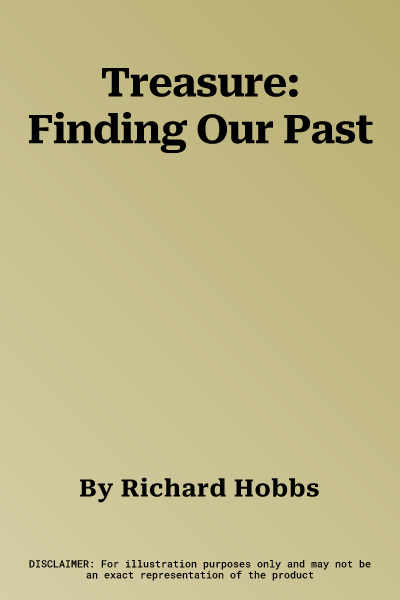Treasure, which comes from the Greek word thesauros, has a number of
meanings in modern parlance. 'Buried treasure' and 'sunken treasure' are
concepts which many have grown up with, either through reading books or
playing computer games. The combination of precious objects - such as
gold and silver or rare gems - and the discovery of these, is the
essence of how treasure is perceived by twenty-first-century minds. For
archaeologists, however, the word 'treasure' has a rather particular
meaning as a legal definition of a certain class of archaeological find.
'What is Treasure?' gives a brief overview of the 'history' of treasure,
including the origins of the law of Treasure Trove in England and Wales,
and the events which led to its revision in 1996. 'Finding the Past'
examines the ways in which many objects have come to light: through
accidental discovery, metal detecting and construction work. 'Treasure
tells Stories' shows how archaeologists can use treasure finds to
understand more about the past by examining major finds such as
Mildenhall, Winchester, English Civil War hoards and the Vikings on
Anglesey. 'Small Things Forgotten' considers the archaeological
significance of single finds such as medieval toys and finger rings.
Finally, 'Our Precious Past' looks at the importance of responsible
reporting by amateurs, and the difficulties presented by unprovenanced
objects and illegal trade.

